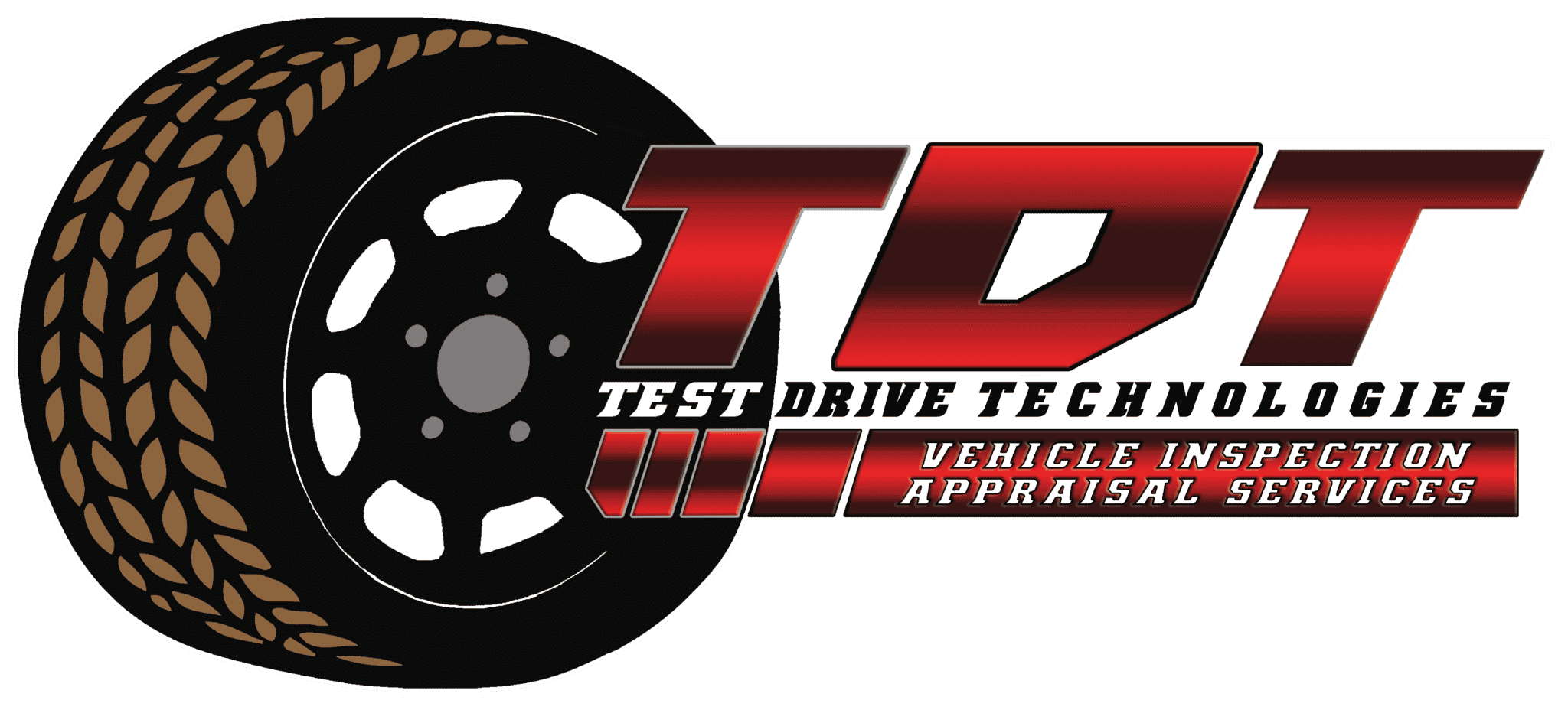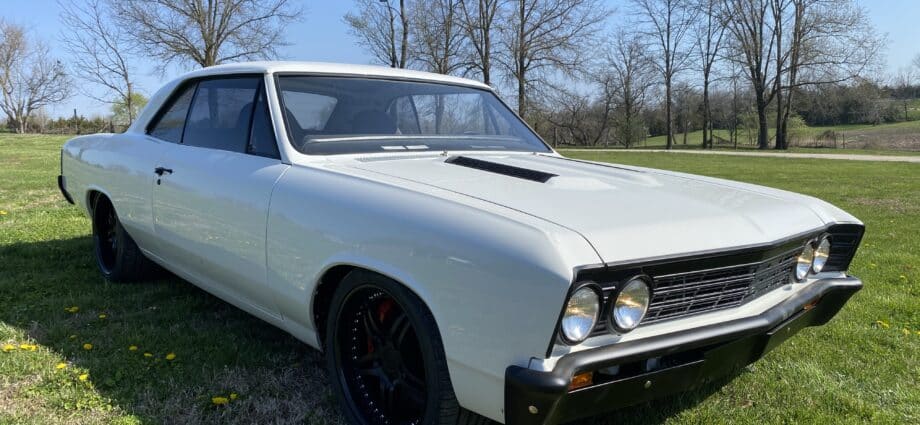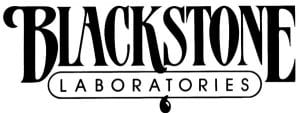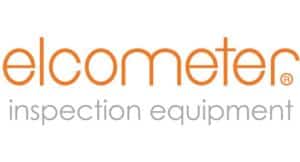Appraising a classic or collector vehicle is not just as simple as just looking up a value in NADA or Hagerty. In this post, we will talk about the main points of a full classic or collector car vehicle appraisal. We will also talk about the different types of classic and collector car appraisals and their uses. The short story is that no vehicle appraisal is the same however, they should all include the required information as provided by Uniform Standards of Professional Appraisal Practice which is the gold standard or generally recognized ethical and performance standards for the appraisal profession in the United States. There are shorter versions of appraisals written for different reasons however vehicle appraisers should always follow the same practices.
Why Is It Important to Have a Quality Classic or Collector Car Vehicle Appraisal Report?
A true appraisal has many points in the report which are necessary and provide the true methodology of how the appraiser came to the appraised value. Most of the time classic and collector car appraisal reports need to stand up in court, be presented to insurance companies as well as to lenders so they need to be self-explanatory and well written. Let us dig into the main parts of an appraisal and what they actually mean.
The Classic or Collector Car Vehicle Appraisal Cover Page. What’s That?
No report is complete without a cover page. We learned this in middle school and high school in English classes when writing papers. The cover page of a quality appraisal report should include what type of appraisal is included in this report as well as the basic who, what when, and where of the appraisal as well as a snapshot of the vehicle at the time of inspection. The appraisal cover page should contain the name of the appraiser, the name of the client, the year, make, model, and serial number or VIN of the vehicle as well as the city, state, and zip code in which the vehicle was inspected and appraised for. This information will also be duplicated in the appraisal letter which we will cover shortly.
The Most Used Document in an Appraisal Report. The Letter of Appraisal.
The Letter of Appraisal is likely the most reviewed and most important document in the entire appraisal report. This letter is often reviewed first, saved in your insurance policy file, and states everything there is to know about your vehicle and its appraised value. The Letter of Appraisal should contain the following information in a letter-style format to the client paying for the appraisal as well as their billing address. It should identify who owns the vehicle. Identify the vehicle itself including its long description and serial number. It should state plainly what type of appraisal has been performed on the vehicle. The letter of appraisal should also state the value of the vehicle and what condition the vehicle is in and direct users to definitions and other important information contained within the appraisal report which was used to determine the value of the vehicle. The Letter of Appraisal should be hand signed by the appraiser with their typed and have their signature affixed to the letter as well as their certification information. Some Letter of Appraisals also includes the amount of time the appraisal will be kept on file with the appraiser’s office however it is not a required element of the appraisal if all of the information is sent and made available to the client when first sent.
Classic or Collector Car Appraisal Report Definitions and Terms Section
There may be some terms included in the vehicle appraisal report which users of the report are not familiar with. As appraisers we want our reports to easily understood by any party which may need to rely upon them at any time. The definition of the Vehicle Appraisal Terms section of an appraisal report is sometimes two folded any may also include disclaimers and statements from the Vehicle appraiser. Basically, this section of the appraisal report is the legal jargon section of the report.
Classic Car or Collector Car Vehicle Appraisal Report Vehicle Identification Section and Vehicle Description
This is where all vehicle appraisal reports will differ. Some vehicle appraisers like to put all this information into a paragraph-style format, some put it into a table, and some use bullet points or line items. The formats of my classic and collector car appraisal vehicle identification sections vary based on the information to which I am comparing it. In some instances, I use a VIN decoder format along with a photo and break down the serial number or VIN line by line, and in others, I use a table format. I try and use whichever is easier for the user to understand but since each vehicle is different and all vehicle identification numbers vary with what information they are able to be decoded. Regardless there should be something that plainly shows the vehicle makeup and build information where that is from the VIN, trim tag, or manufactures build information from a datasheet from the vehicle and it should be easy for the user to comprehend the information and compare it to other vehicles uses as comparables later in the report. This section of the appraisal report should also include the description of the vehicle, how it is presented when inspected, its appraised condition, and what makes up the vehicle including the engine, transmission, brakes, suspension, steering, and any modifications or customization of the vehicle. This is the section where your vehicle appraiser should sell the value of the vehicle and explain to the person who is not able to touch and feel the car themselves and plant the image of the vehicle in their heads. Lastly, if the appraiser is smart and does not want any questions about his or her appraisal report, they should also state where they obtained the decoder information such as a manual, website, or source. Remember back in high school? We always had to cite our sources, vehicle appraisal reports are no different.
Valuation and Comparable Listing Values Section of an Appraisal
The valuation and comparable listing values section of a vehicle appraisal may be called something different or maybe even included in the narrative section I previously mentioned above. Although market guides such as NADA, Hagerty, and Collector Car Market Review provide some quality information, they should never be relied on solely for finding the final value of the vehicle. These sources provide a good range based on condition to assist the appraiser in finding good comparables in the marketplace. The most important thing is that the vehicle appraiser includes what sources he or she used to compare the subject vehicle to. Additionally, the vehicle appraiser should also include the locations of the comparable vehicles used as well as the actual values of those vehicles. The majority of my reports rely on multiple sources of information and try to stick within 500 miles of the appraisal location for comparables however with rare and collector cars sometimes you need to use a worldwide search. I try to list my comparables by lowest to highest in value in a chart for easier viewing. A vehicle appraiser should also include the basic build information of the comparables he or she is comparing the subject vehicle to and note any differences and make adjustments for such. This should be included in the report, table, or whatever format they decided to utilize. The adjustments should reflect those of similar adjustments from the market guides such as NADA, Hagerty or CCMR, or other comparables. Comparables that require noting adjustments in value should only be used if absolutely necessary and as a last resort due to limited sources of comparables on the market, the reasons for using these limited comparables should also be noted.
The Classic or Collector Car Methodology and Narrative of Valuation
The vehicle appraiser should have a narrative on how they formed their opinion and methodology for the valuation of the vehicle. It should explain why the vehicle appraiser chose the comparables he or she did and how the subject vehicle compares to others on the market. If the vehicle appraisal is for insurance purposes such as a replacement value appraisal, the appraiser should have both comparable listings similar to that of the subject vehicle’s build and also a full itemized price list of what it would cost to rebuild the subject vehicle. The vehicle appraiser should then explain their opinion using this information. Once the vehicle appraiser has explained their opinion, they should include a statement with what the value of the vehicle is and what that value is to be used for as well as what the value actually contains such as vehicle price, taxes and license fees or shipping fees. I leave out the taxes, licenses, and shipping charges as they vary too much to include and can be figured at a later time by other interested parties. This same language and the line are often used in the Letter of Appraisal and the dollar amounts should match identically.
The Vehicle Appraisal Bottom Line
Lastly, the vehicle appraisal report should include who this appraisal was written for, their address as well as the date of the appraisal, and the appraiser’s information such as their certification number and affiliation. Depending on the appraisal type and use I sometimes include the amount which was paid for the appraisal or a copy of the check. The appraisal report should be hand-signed as well as accompanied by the appraiser’s credentials or CV. If your appraisal is a single piece of paper or a one-pager please contact me ASAP and I can help get your appraisal needs taken care of right away.









